When creating combat encounters for your Dungeons & Dragons sessions, properly balancing them can often be a mind-bending endeavor. You’ll often follow a creature’s challenge rating to decide how hard it is, but that number is made for parties with four members, something you might have less or more of.
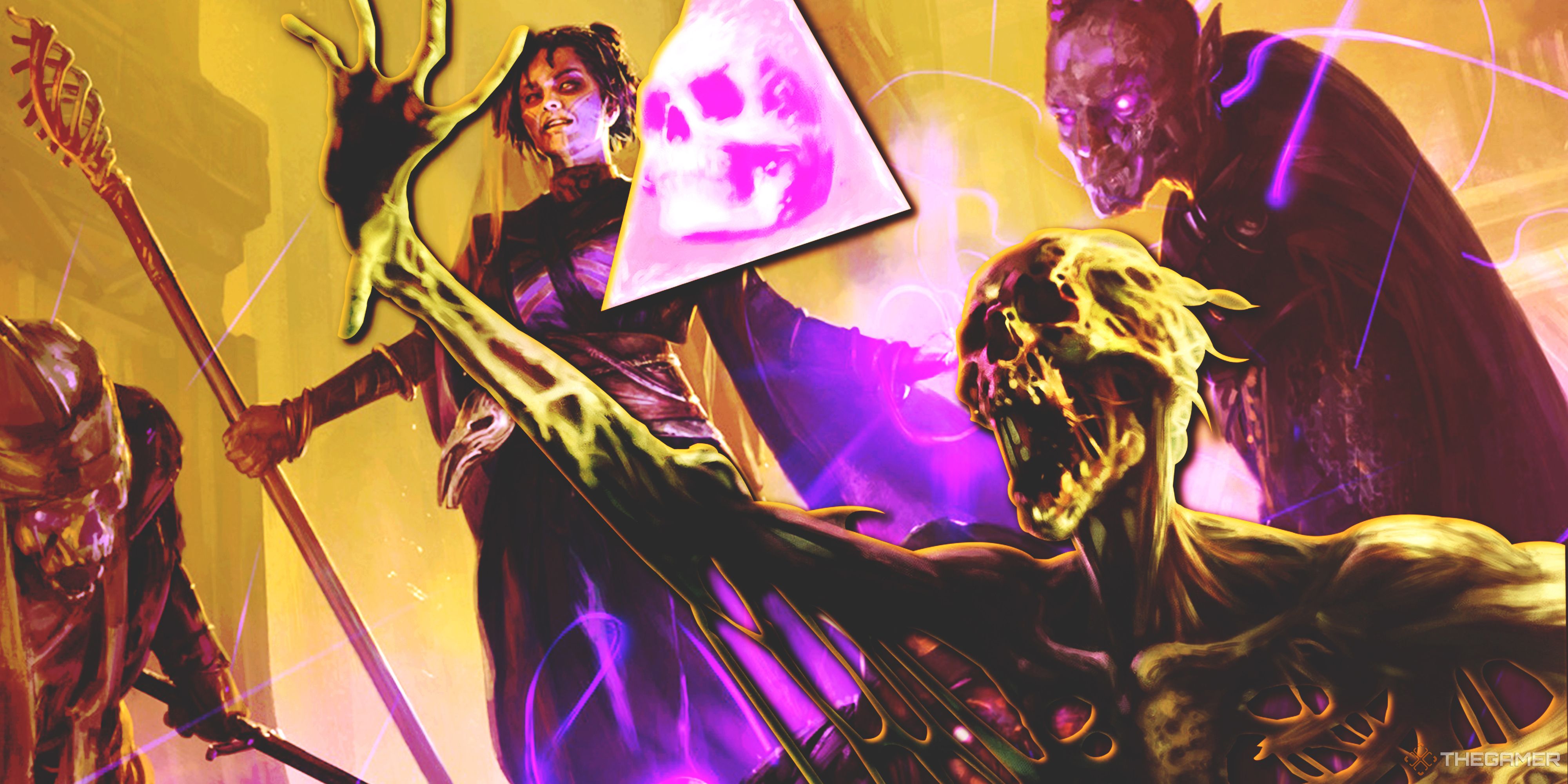
Related
Dungeons & Dragons: How To Build A School Of Necromancy Wizard
Learn to love your army of skeletons as this powerful necromantic wizard.
This is why the 2024 Dungeon Master’s Guide added a new way to balance combat difficulty, and that is through the XP budget system. This system might sound more complicated, but it is far easier to use than challenge rating, and simple to customize for parties of any size.
What Is The XP Budget?
The 2024 Dungeon Master’s Guide has a new way of balancing encounters called XP budget. It is a table divided by levels, showing how much experience a player should earn from an easy, normal, or hard encounter against the creatures in your campaign.
Since the table shows how much a single player earns, you can easily know how much experience to give to your entire party by multiplying that by the number of total players. The numbers shown in the table are the maximum possible experience, so earning more than that would make the encounter a higher tier of difficulty.
|
Level |
Low Difficulty |
Moderate Difficulty |
High Difficulty |
|---|---|---|---|
|
1 |
50 |
75 |
100 |
|
2 |
100 |
150 |
200 |
|
3 |
150 |
225 |
400 |
|
4 |
250 |
375 |
500 |
|
5 |
500 |
750 |
1,100 |
|
6 |
600 |
1,000 |
1,400 |
|
7 |
750 |
1,300 |
1,700 |
|
8 |
1,000 |
1,700 |
2,100 |
|
9 |
1,300 |
2,000 |
2,600 |
|
10 |
1,600 |
2,300 |
3,100 |
|
11 |
1,900 |
2,900 |
4,100 |
|
12 |
2,200 |
3,700 |
4,700 |
|
13 |
2,600 |
4,200 |
5,400 |
|
14 |
2,900 |
4,900 |
6,200 |
|
15 |
3,300 |
5,400 |
7,800 |
|
16 |
3,800 |
6,100 |
9,800 |
|
17 |
4,500 |
7,200 |
11,700 |
|
18 |
5,000 |
8,700 |
14,200 |
|
19 |
5,500 |
10,700 |
17,200 |
|
20 |
6,400 |
13,200 |
22,000 |
How To Make An Encounter With The XP Budget
You’ll first need to decide if you want a low, moderate, or high-difficulty encounter, then check the table for how many experience points that would entail. Multiply that with the number of players in your party, and now you have your initial XP budget.
You now need to look for creatures and check the experience points they give upon being defeated. You ‘buy’ each creature you want to put into your encounter, and as long as you don’t go overboard, the resulting encounter will be of the difficulty you chose.
Low Difficulty Encounter
You should be careful with low CR creatures, particularly ones that don’t give experience since they still add challenge to an encounter. While they fit as creatures for low-level adventurers to encounter, you can overwhelm them easily without really noticing.
The easiest encounters tend to be the ones where players can focus on one thing at a time, even if that thing is a large monster. Simply matching the CR of one monster to the party’s level will net you an easy encounter, with special mechanics and environmental hazards aside.
Moderate Difficulty Encounter
Moderate difficulty doesn’t mean ‘standard’, since this encounter wouldn’t be a walk in the park. If the players aren’t properly prepared, things can easily turn dire, with one or more of them getting knocked out of the fight; terrain and other features of the encounter can vastly alter how it plays out.
These moderate encounters are great ways to close out sessions since they are hard enough to keep things interesting without the players needing to go all out every time. If you feel the encounter is too hard or too easy, you can always adjust it on the fly, either by having creatures flee or new ones entering the fray (using the same stat blocks, of course).
High Difficulty Encounter
This is your hard limit for what your players can reasonably face before it becomes too much. Spending more experience points than what your budget for a high-difficulty encounter gives you can likely end in a battle that will wipe out your players, depending on how much extra you spent.
If you need to raise the difficulty beyond this budget, you are better off altering other areas of the encounter rather than adding bigger and badder creatures. Giving creatures additional traits or resistances can get the job done, as well as fighting them in a dynamic scenario instead of a static one.

Next
Dungeons & Dragons: All Main Stats, Explained
Knowing about the six ability scores in D&D is one of the most important aspects of creating your character. Learn about them here.
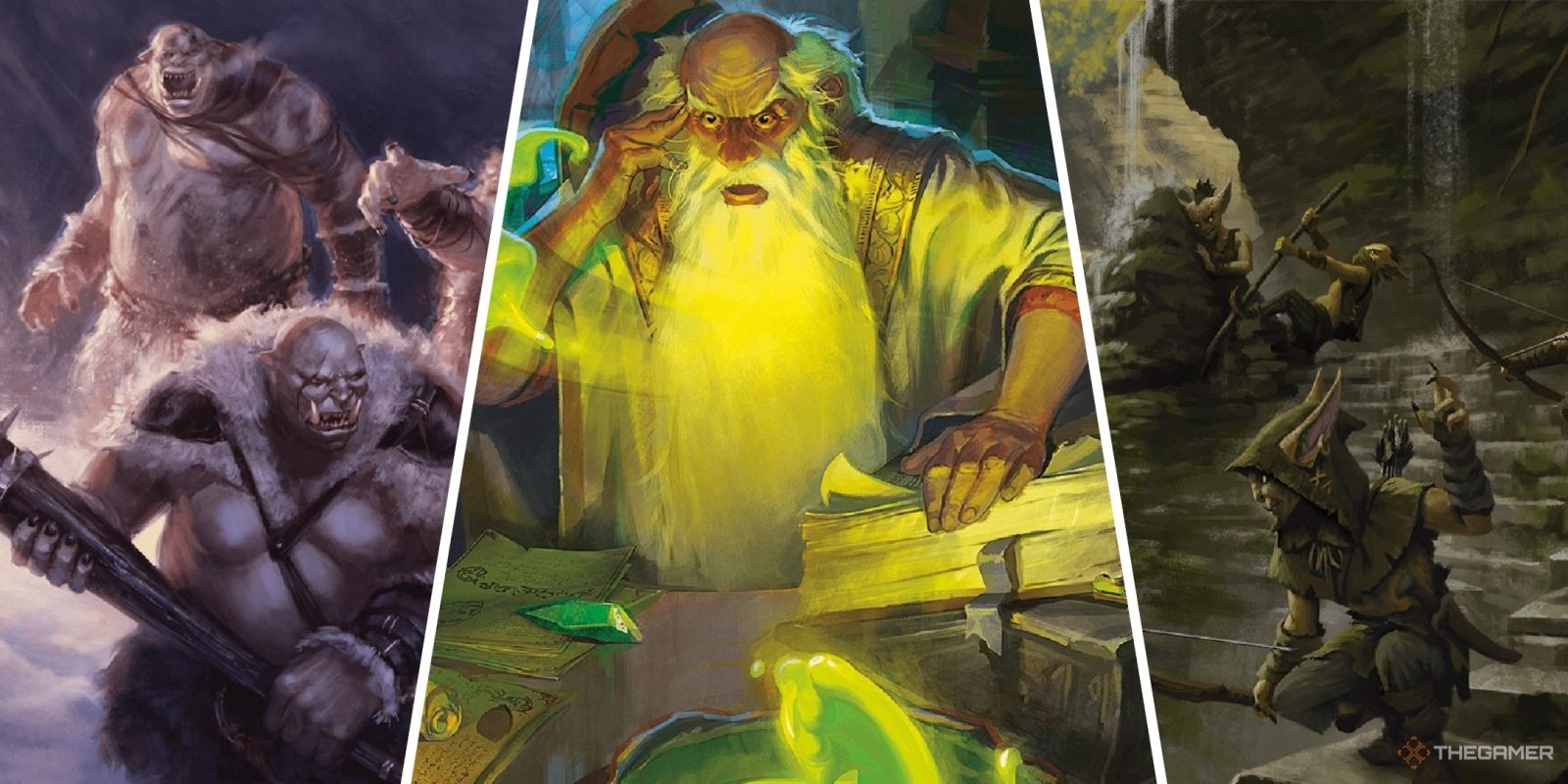
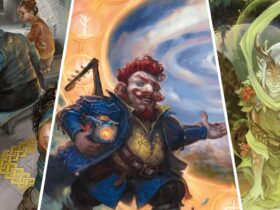
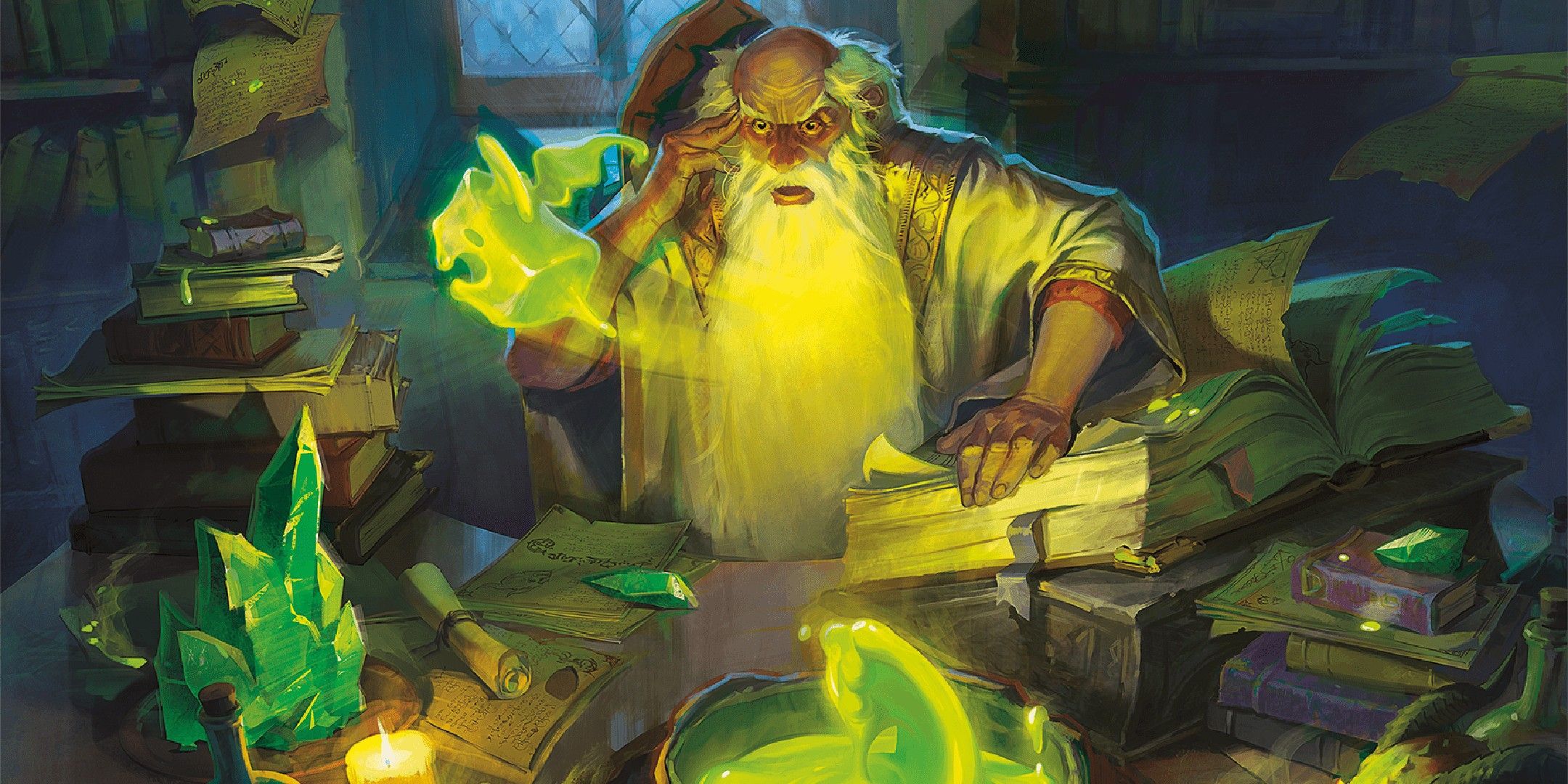
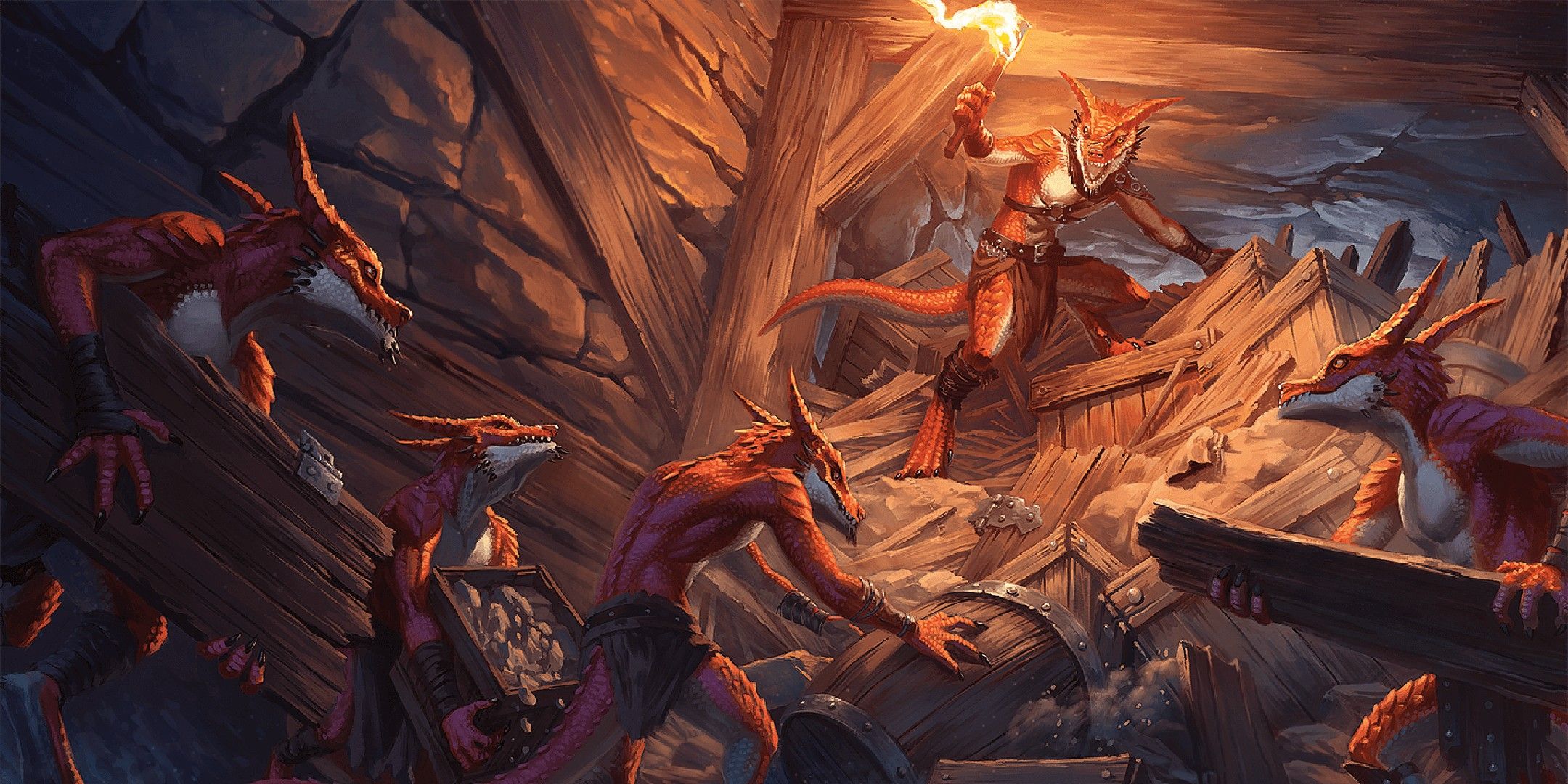
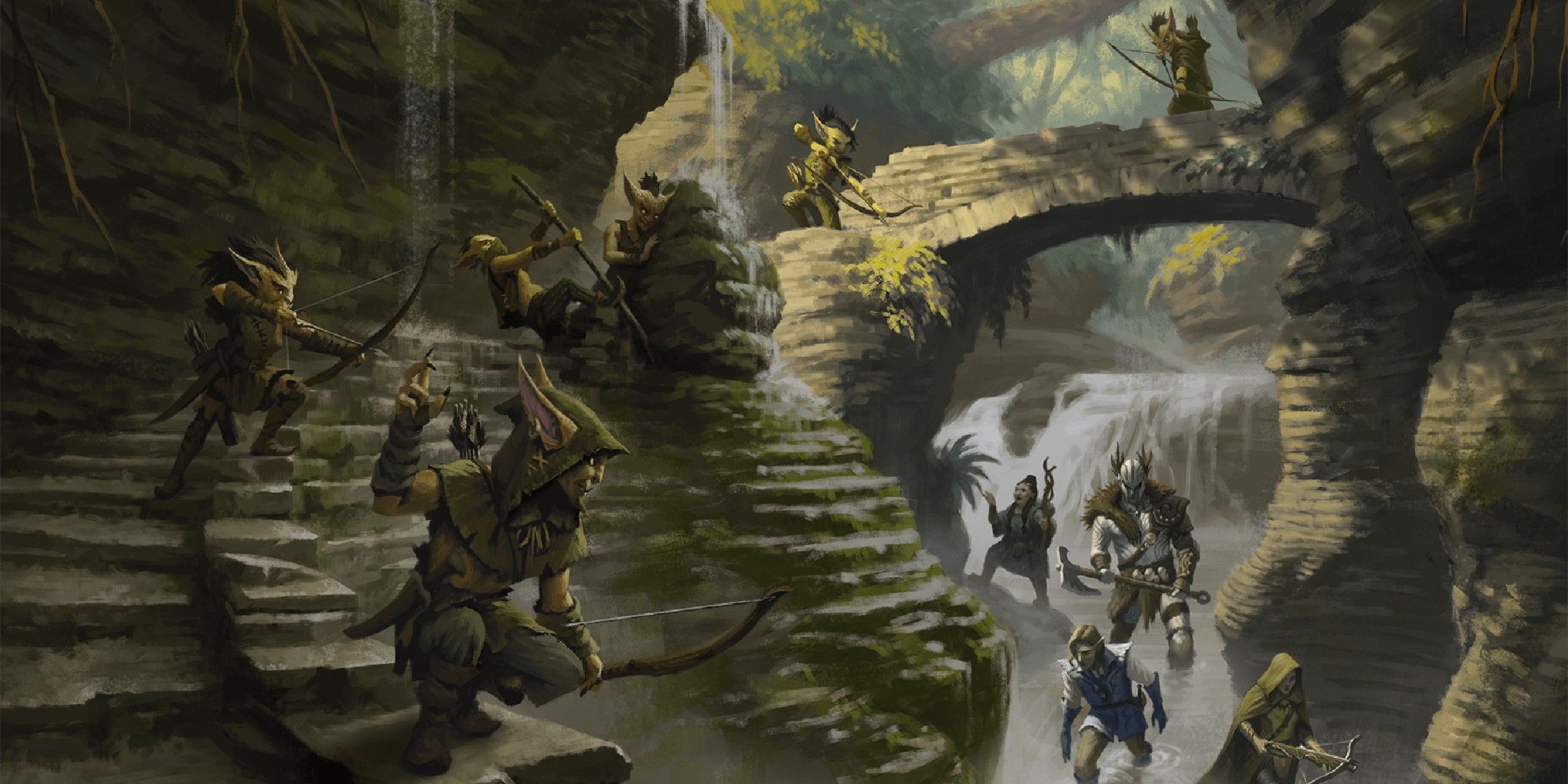
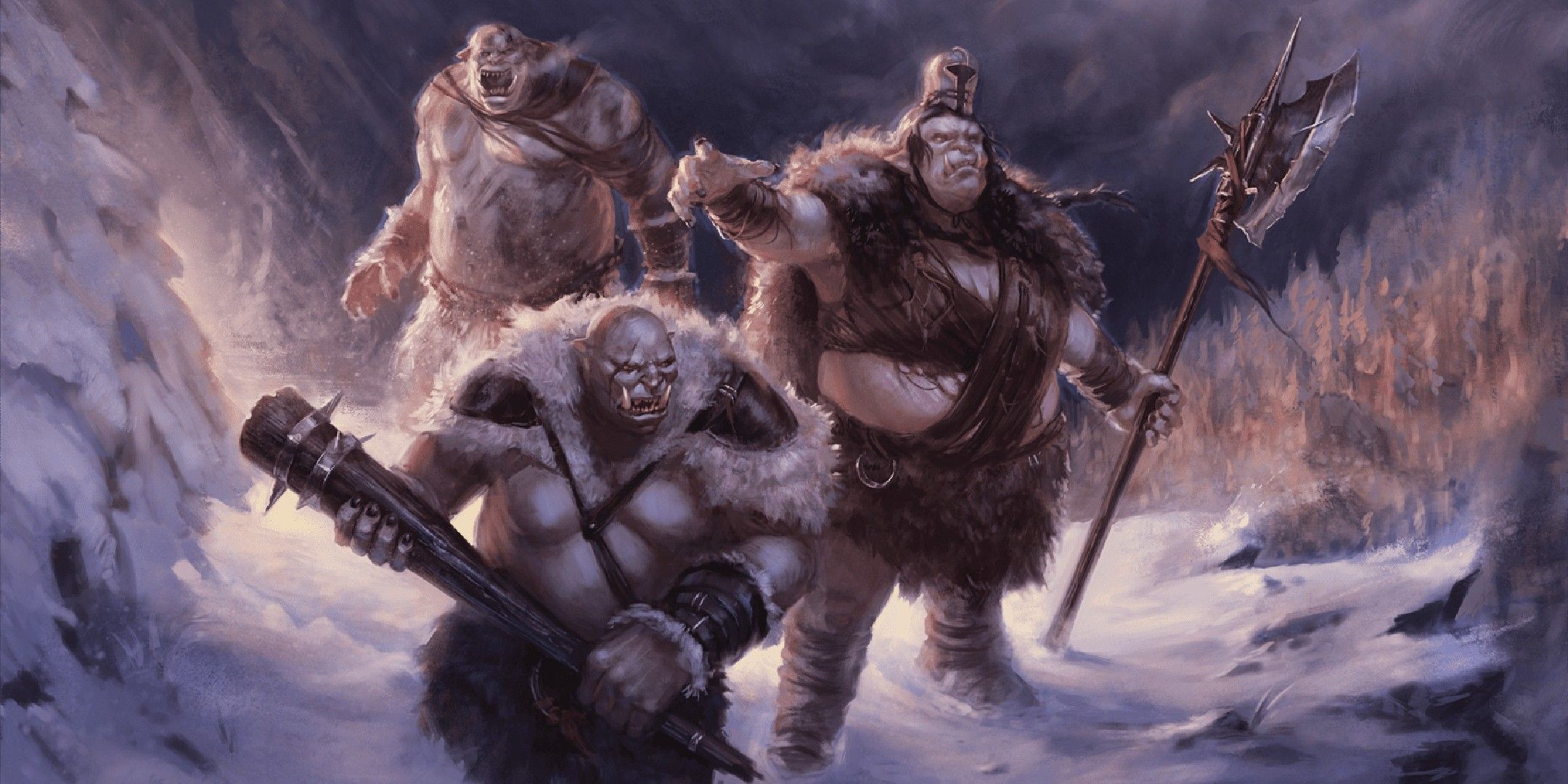
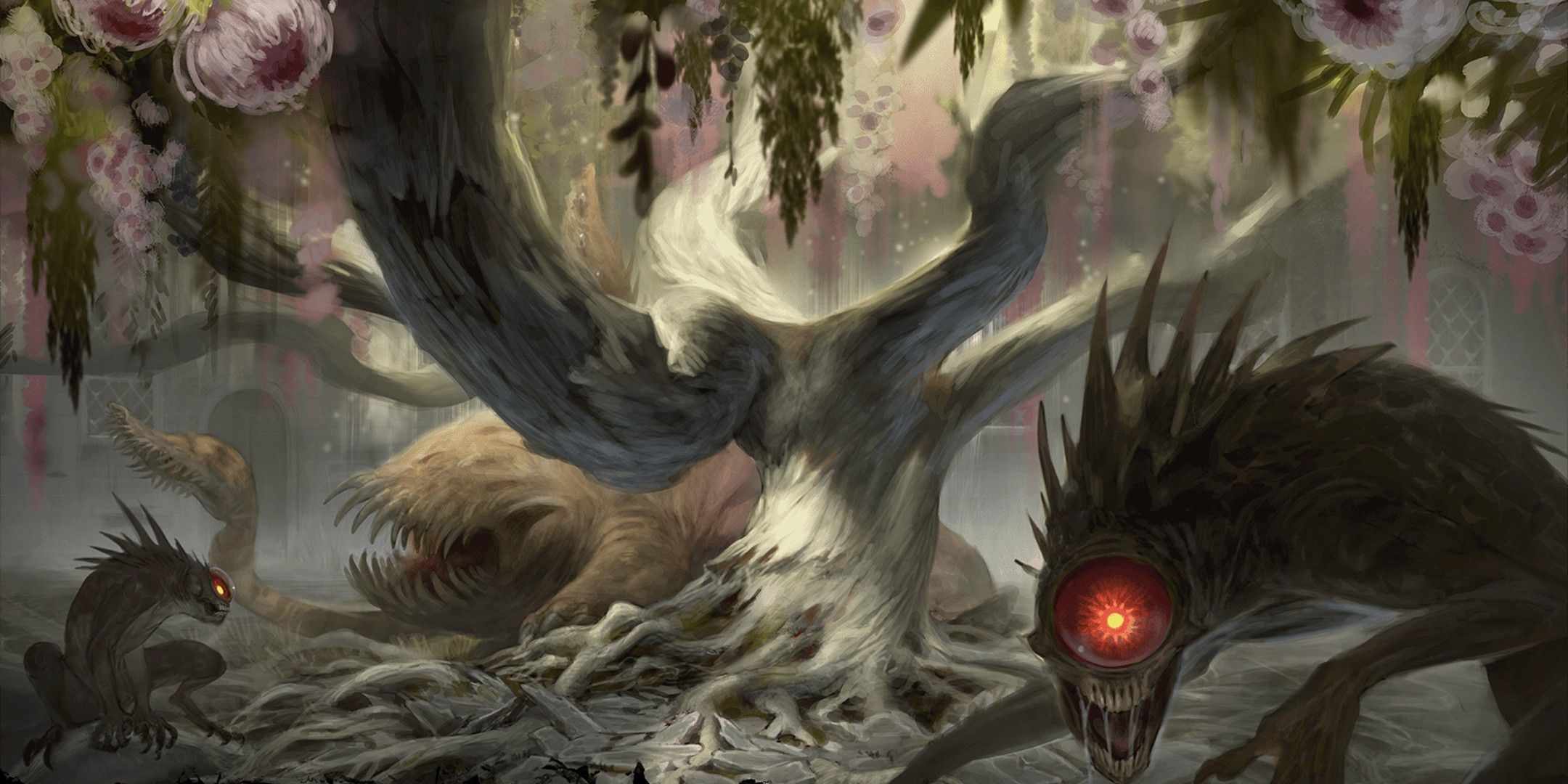





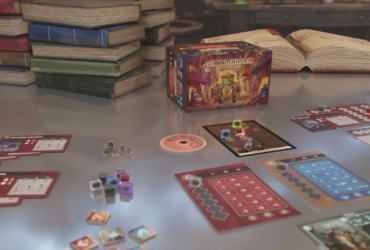
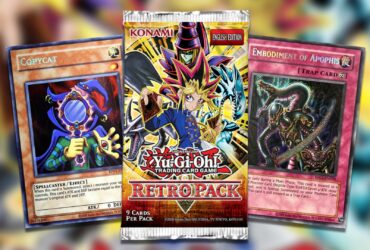


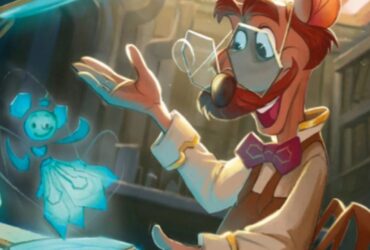
Leave a Reply